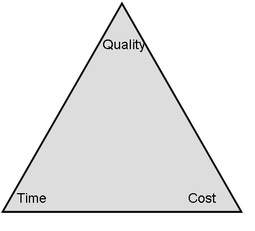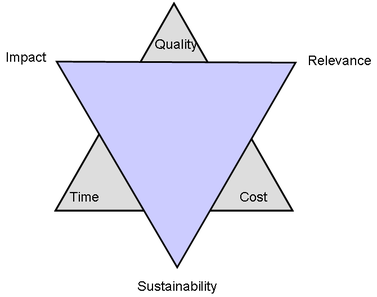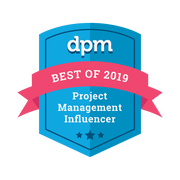The problem may be that the project manager is not taking a broad enough view of what 'quality' constitutes, and is not measuring how the project will add value to the client and to society in the short and long term. Not only is this value-added view the way to successful and sustainable project delivery, it is also the way for project managers to demonstrate their genius and to get to the next level. In order to do that we have to consider a number of further dimensions that help us capture the value or benefit of the project. Outstanding project managers have been aware of this for a long time. They are not interested in running projects that end up as failures. They want to make an impact and they want to be remembered for the positive change and the benefits that their projects bring about.
Dr. Knut Samset, a professor at the Norwegian University of Science and Technology, says that a marker of success is the delivery of benefits in a strategic context. He argues that the triple constraints of time, cost and quality are tactical success criteria, whereas factors such as sustainability, relevance and effect are strategic success criteria. Knut Samset writes that; “Success in tactical terms typically would be to meet short-term performance targets, such as producing agreed outputs within budget and on time. These are essentially project management issues. Strategic performance, however, includes the broader and longer-term considerations as to whether the project would have sustainable impact and remain relevant and effective over its lifespan. This is essentially a question of getting the business case right, by choosing the most viable project concept.”
If you liked this post, you may also like:
What the Customer Really Needs
Top Tips for Gathering Requirements
Risk management is how adults manage projects!
10 guidelines for estimating project effort
How to avoid the perception of failure











 RSS Feed
RSS Feed